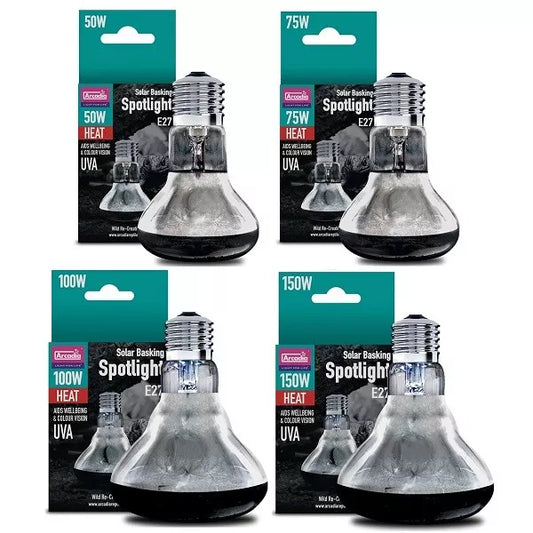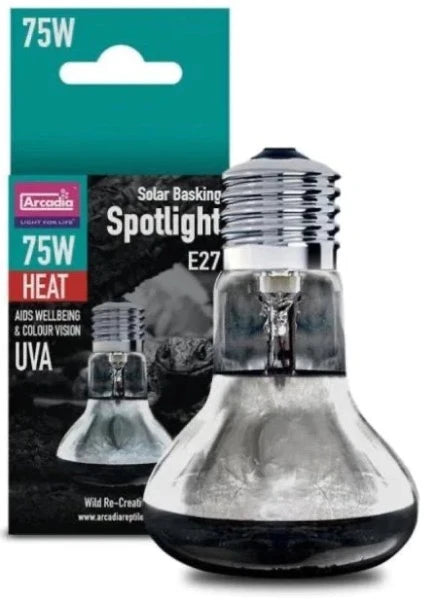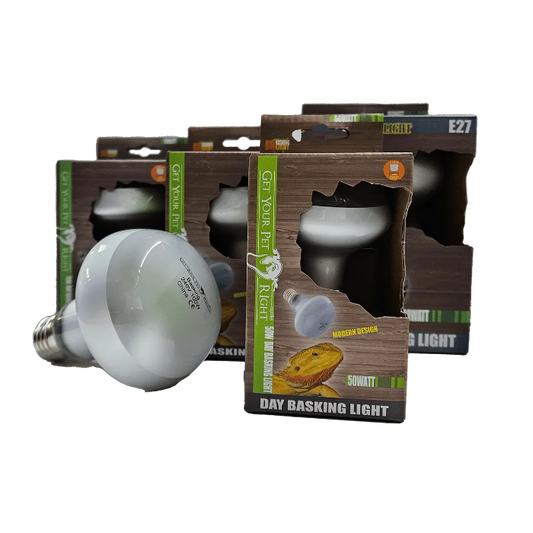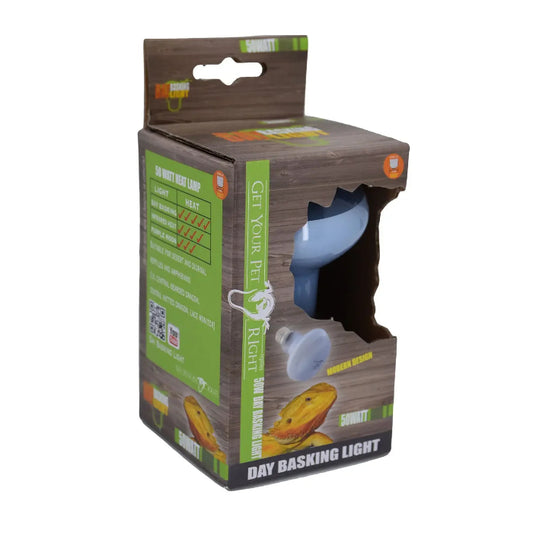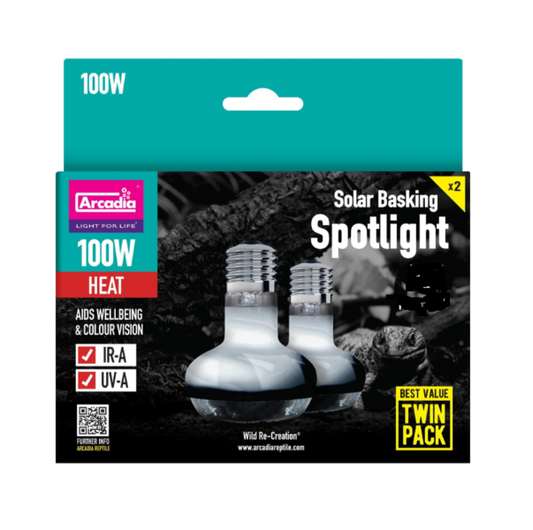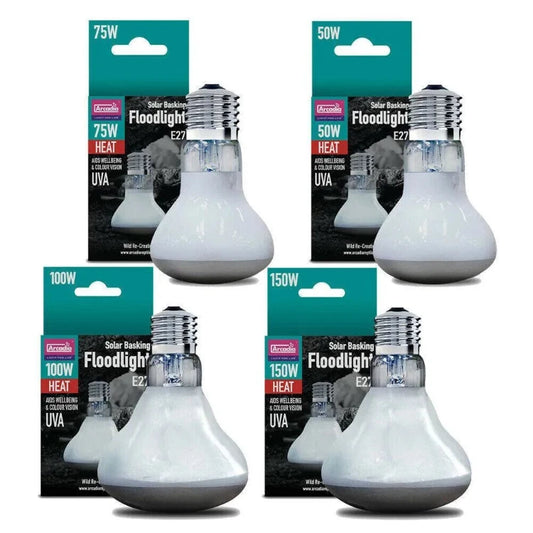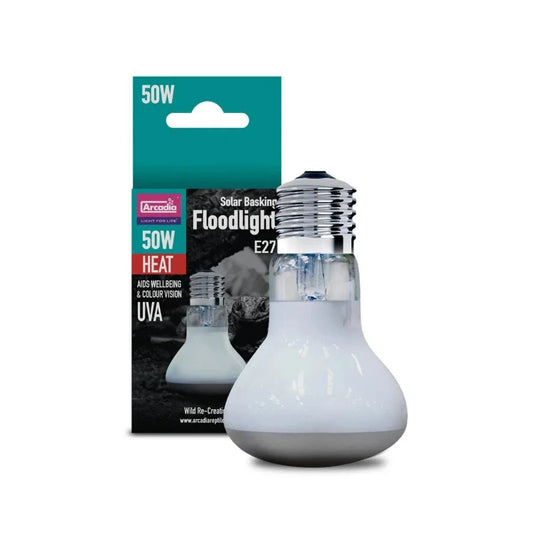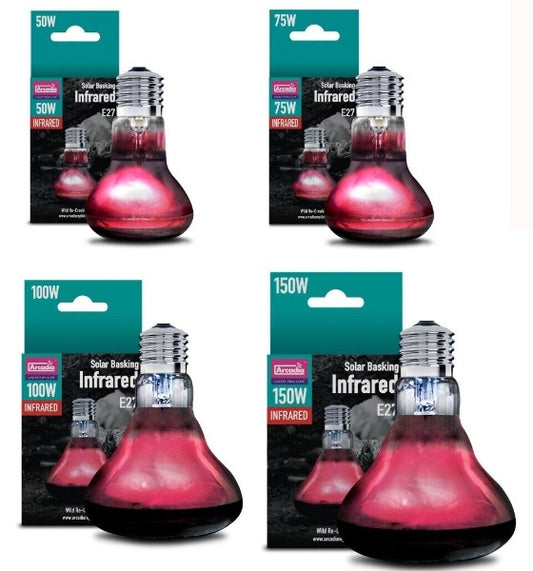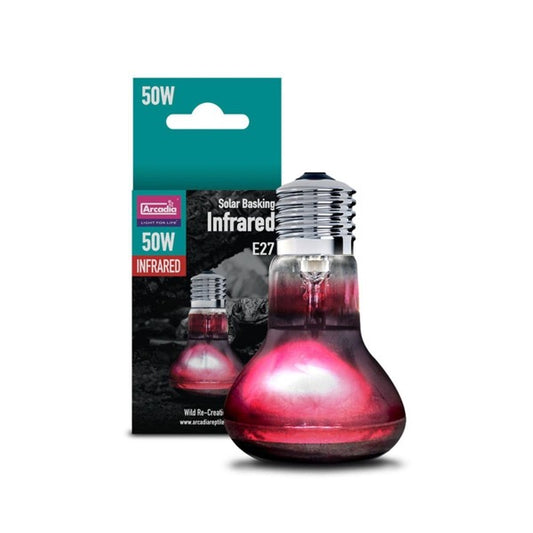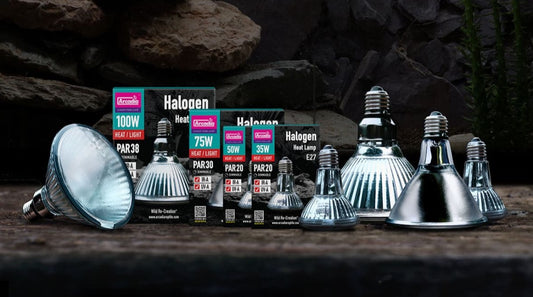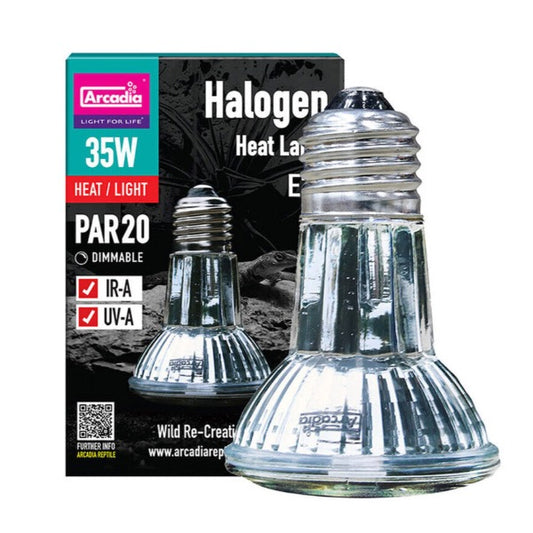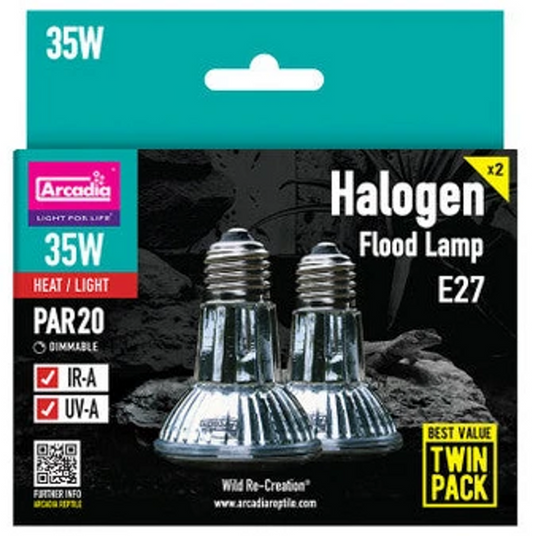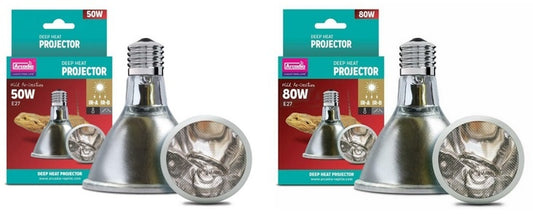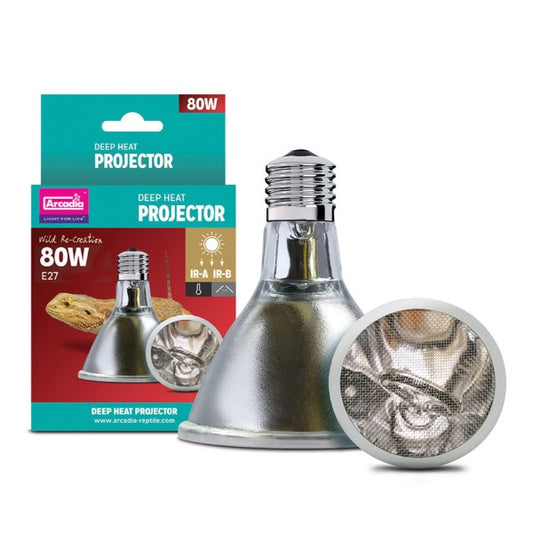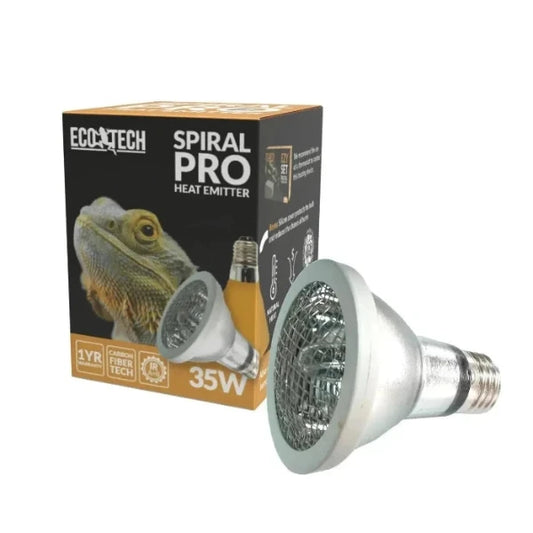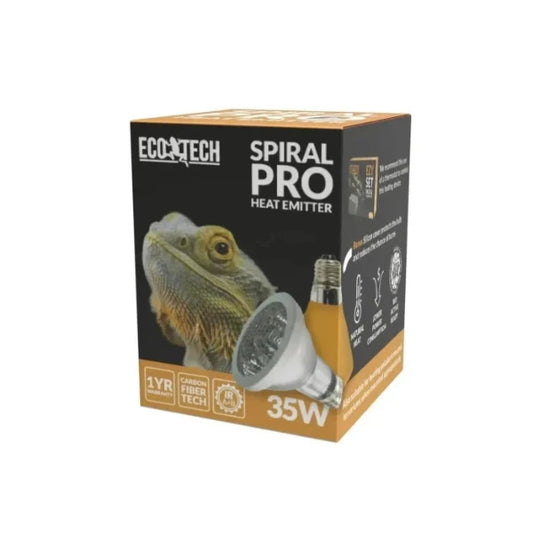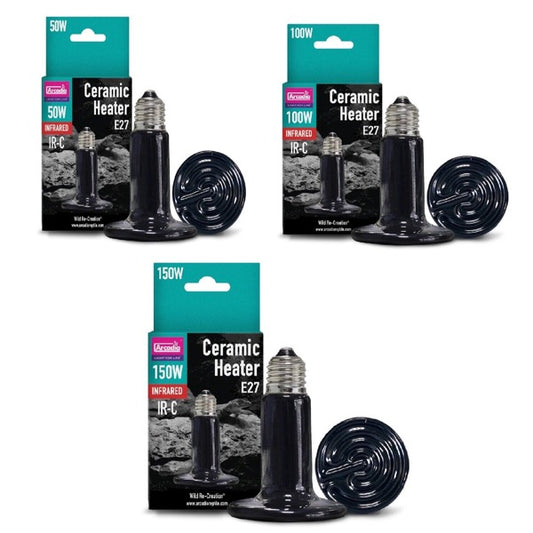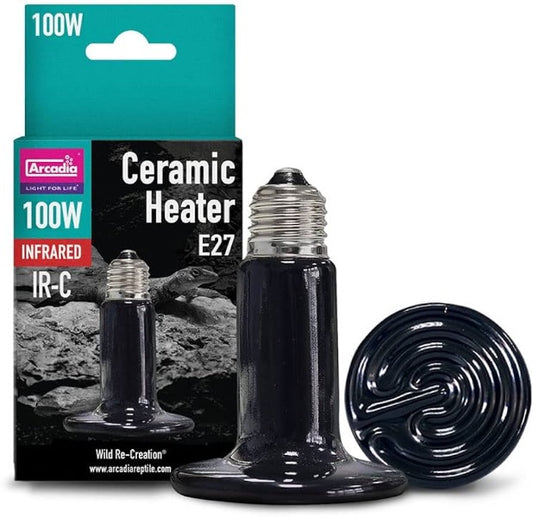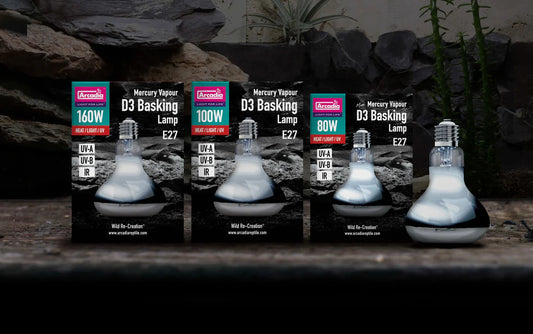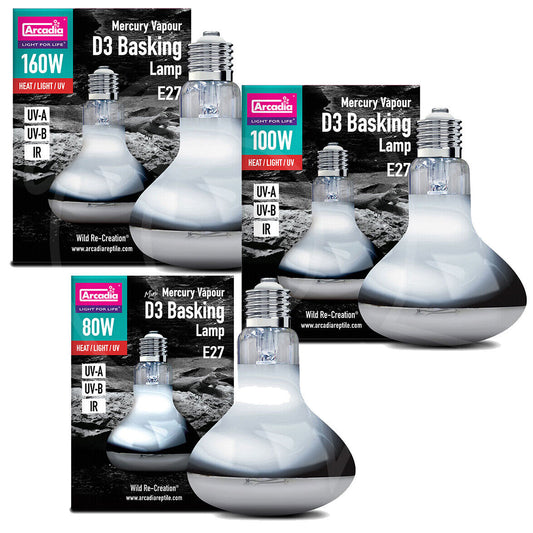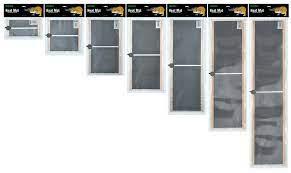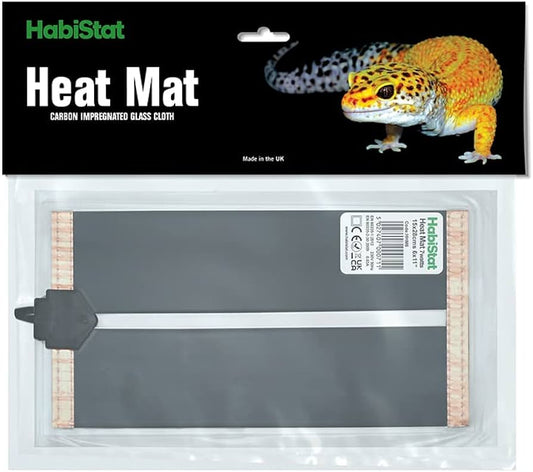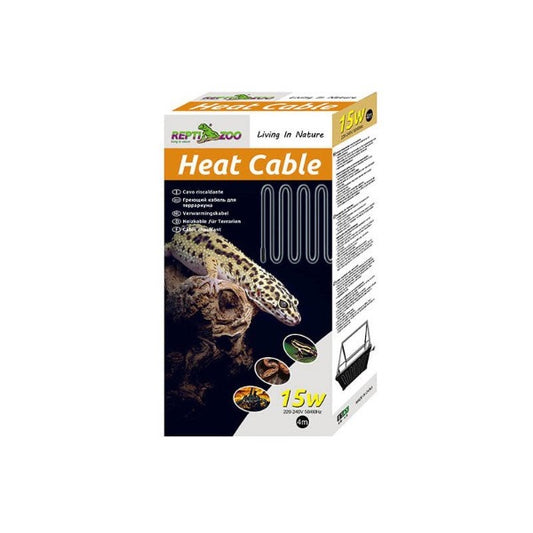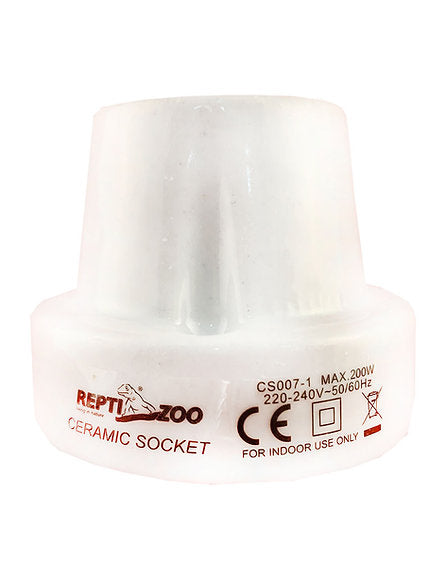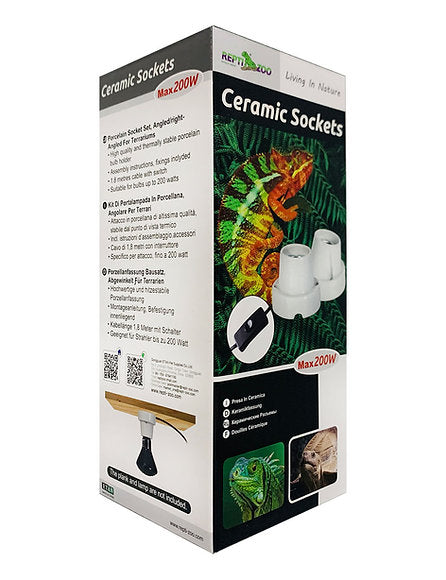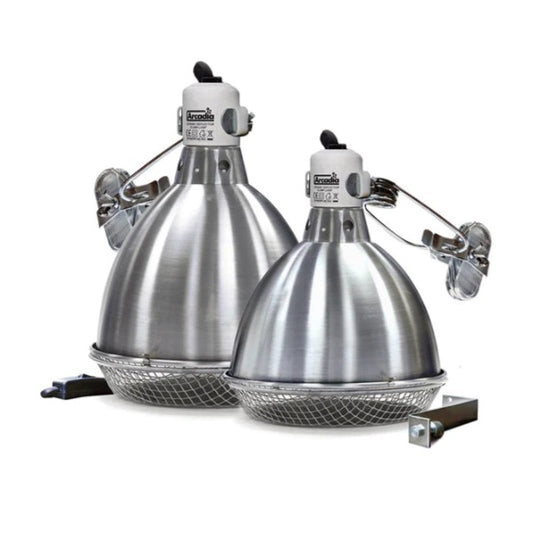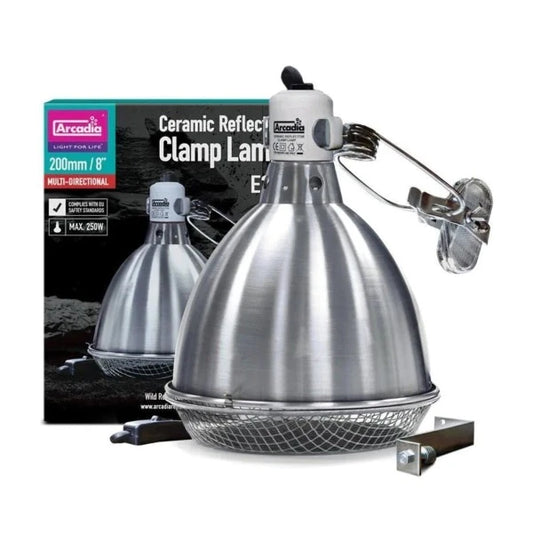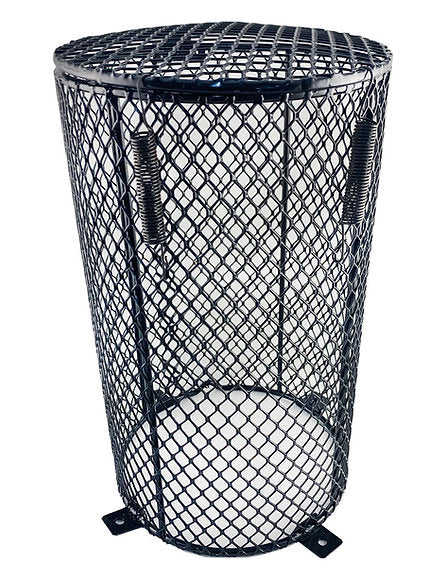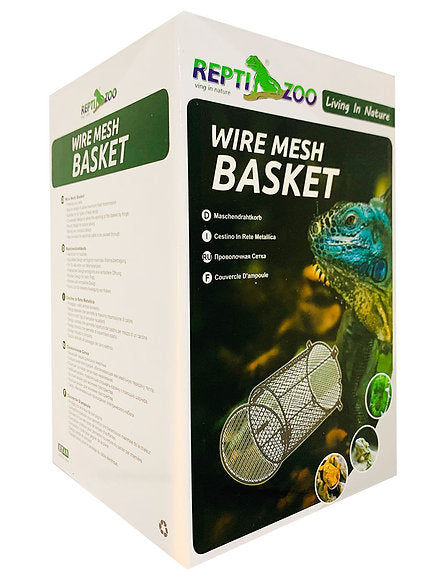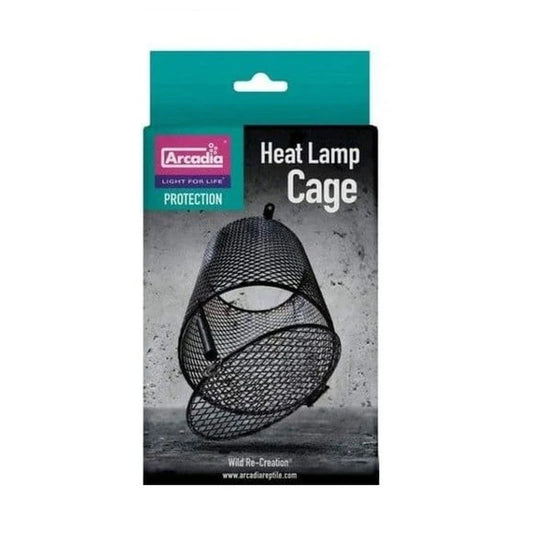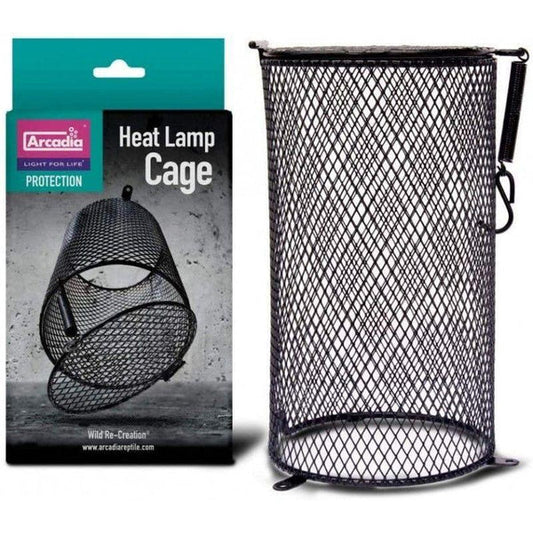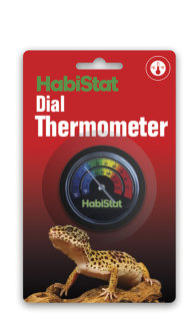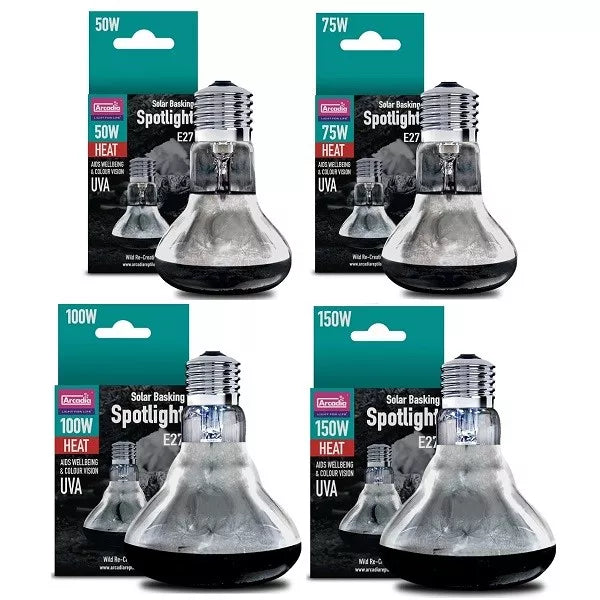Collection: Heating
Reptile heating is an essential aspect of creating a suitable habitat for these cold-blooded creatures in captivity. Reptiles, being ectothermic, rely on external heat sources to regulate their body temperature and maintain their physiological functions. Providing appropriate heating elements in their enclosure mimics their natural environment, ensuring their health and well-being.
Various heating methods cater to different reptile species and enclosure setups. Heat mats, heat cables, basking bulbs, ceramic heaters, and radiant heat panels are among the commonly used heating devices. These tools emit heat, allowing reptiles to thermoregulate by moving between warmer and cooler areas within their habitat.
Basking bulbs and heat lamps replicate the sun’s rays, providing a localized heat source for reptiles to bask and regulate their body temperature. Heat mats or cables placed beneath a portion of the enclosure floor offer consistent low-level warmth, which some reptiles prefer for digestion and comfort.
Maintaining a thermal gradient within the enclosure, with warmer and cooler zones, allows reptiles to choose their preferred temperature for activities like basking, digestion, and resting. It’s crucial to monitor temperatures closely using thermometers and thermostats to prevent overheating or chilling, ensuring a safe and comfortable environment for these animals.
Factors such as the size of the enclosure, the specific heating needs of the reptile species, and the ambient temperature of the room where the enclosure is kept all play roles in determining the appropriate heating setup. Proper heating is vital in replicating the natural conditions necessary for the well-being and vitality of captive reptiles, aiding in their digestion, metabolism, and overall health.
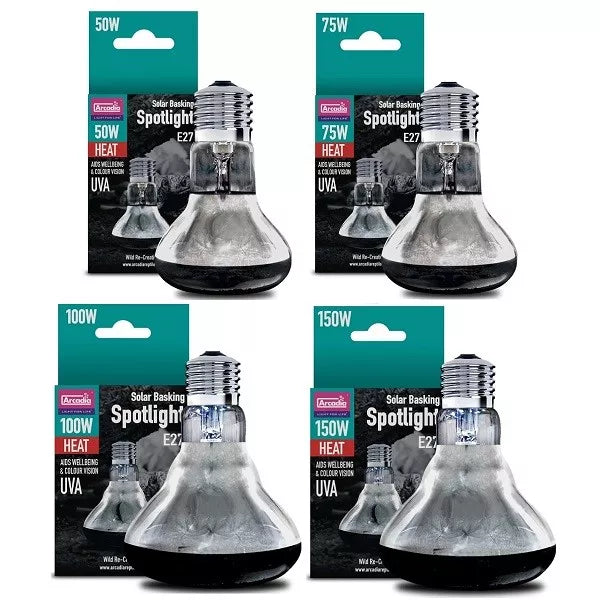
-
Arcadia Solar Spotlight
Regular price From $12.00 AUDRegular priceUnit price / per -
"Get Your Pet Right" Day Basking Light
Regular price From $12.00 AUDRegular priceUnit price / per -
Twin pack 100 watt Spotlight
Regular price $25.00 AUDRegular priceUnit price / per$26.95 AUDSale price $25.00 AUDSale -
Arcadia Solar Floodlight
Regular price From $12.00 AUDRegular priceUnit price / per -
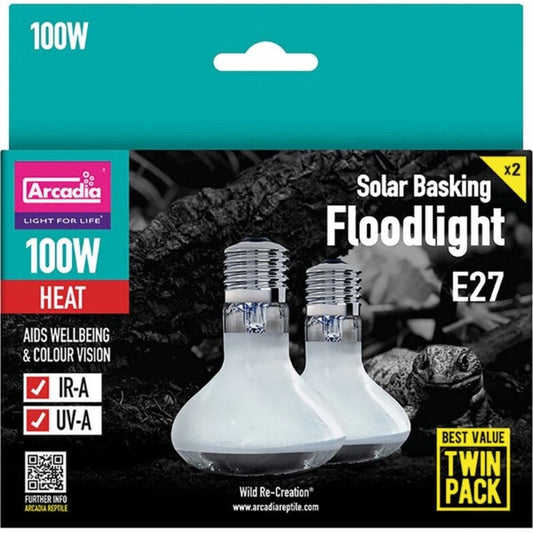 Sold out
Sold outTwin pack 100 watt Floodlight
Regular price $29.00 AUDRegular priceUnit price / per$33.00 AUDSale price $29.00 AUDSold out -
Arcadia Infrared Heat Light
Regular price From $14.00 AUDRegular priceUnit price / per -
Arcadia Halogen Basking Spot light
Regular price From $35.00 AUDRegular priceUnit price / per$69.00 AUDSale price From $35.00 AUDSale -
Arcadia 35w Halogen Basking Spot light - Twin Pack
Regular price $55.00 AUDRegular priceUnit price / per$59.00 AUDSale price $55.00 AUDSale -
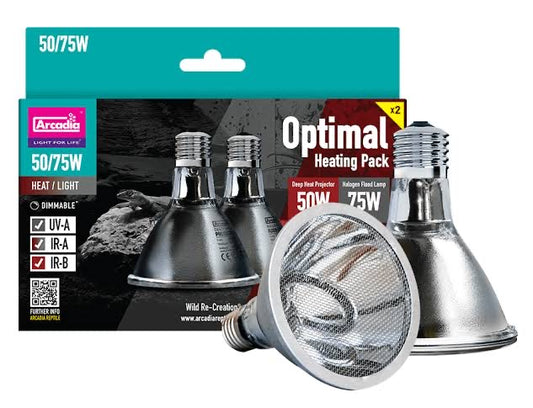 Sale
SaleOptimal Heating Pack
Regular price $84.00 AUDRegular priceUnit price / per$95.00 AUDSale price $84.00 AUDSale -
Arcadia Deep Heat Projector
Regular price From $60.00 AUDRegular priceUnit price / per$89.00 AUDSale price From $60.00 AUDSale -
EcoTech Spiral Pro Heat Emitter
Regular price From $30.00 AUDRegular priceUnit price / per$36.00 AUDSale price From $30.00 AUDSale -
Arcadia Ceramic Heat Emitter
Regular price From $42.00 AUDRegular priceUnit price / per -
Arcadia D3 Basking Lamp - Mercury Vapour
Regular price From $108.00 AUDRegular priceUnit price / per$120.00 AUDSale price From $108.00 AUDSale -
Habistat Heat Mat (non adhesive)
Regular price From $45.00 AUDRegular priceUnit price / per$59.95 AUDSale price From $45.00 AUDSale -
ReptiZoo Heat Cord
Regular price From $40.00 AUDRegular priceUnit price / per$36.00 AUDSale price From $40.00 AUD -
ReptiZoo Ceramic Light Fitting
Regular price $24.00 AUDRegular priceUnit price / per$36.00 AUDSale price $24.00 AUDSale -
Arcadia Clamp Lamp Reflector Dome
Regular price From $79.00 AUDRegular priceUnit price / per -
ReptiZoo Wire Mesh Cage
Regular price $24.00 AUDRegular priceUnit price / per$36.00 AUDSale price $24.00 AUDSale -
Arcadia Heat Lamp Cage
Regular price $56.00 AUDRegular priceUnit price / per$59.95 AUDSale price $56.00 AUDSale -
Habistat Dial Thermometer
Regular price $10.00 AUDRegular priceUnit price / per
-
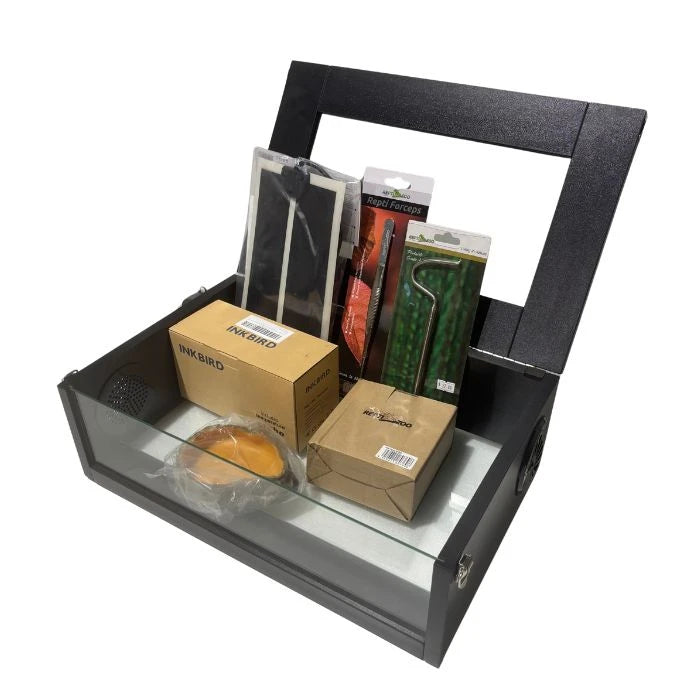
Enclosures
Reptile enclosures serve as the primary habitat for captive reptiles, providing a...
-
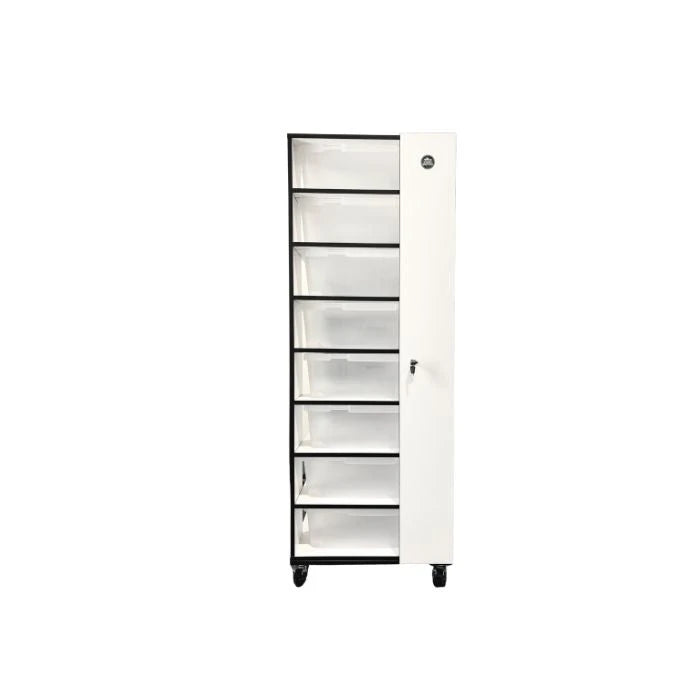
Reptile Racks
Reptile racks are specialized housing systems designed to efficiently and compactly house...
-

Reptile Decorations
Reptile accessories encompass a wide array of items designed to enhance the...

